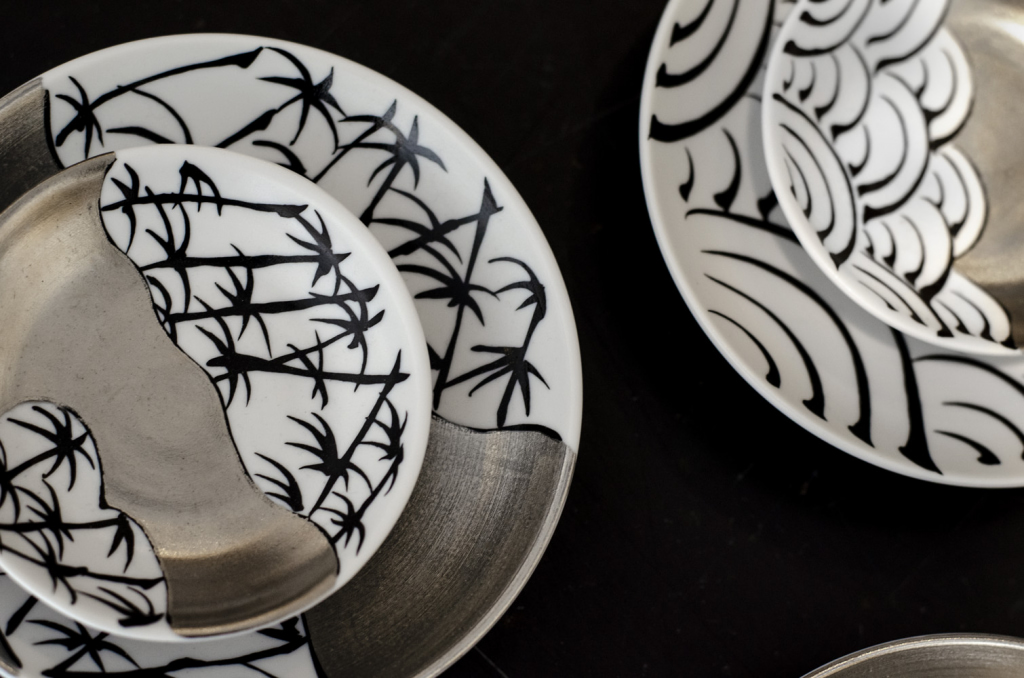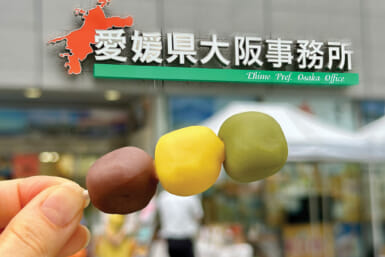Immediately after walking out of Saga International Airport in Kyushu, we came face to face with lush, green, endless fields of wheat. Add to this the soft wind that greeted us and the pastoral white fences lining the highway and it felt like a scene right out of a movie – a fact we made sure to comment on every few minutes. Compared to Tokyo’s concrete jungle architecture, Saga is spacious and bright.
While it’s known for many of its Kyushu delicacies, Saga is also the birthplace of Japanese porcelain, where the three villages of Arita, Imari and Karatsu design and produce their famed ceramics. With Saga’s long history of exportation of Japanese goods to neighboring and European countries, the prefecture’s production of beautiful dishes and cups has thrived for centuries. The artists here are proud of their craft, but the residents, who take care to exhibit and sell the pieces, are even prouder.
We spent a couple of days exploring the porcelain meccas of Arita, Imari and Karatsu to bring you a guide on where to hunt down the best ceramics, along with a few other things to do along the way…
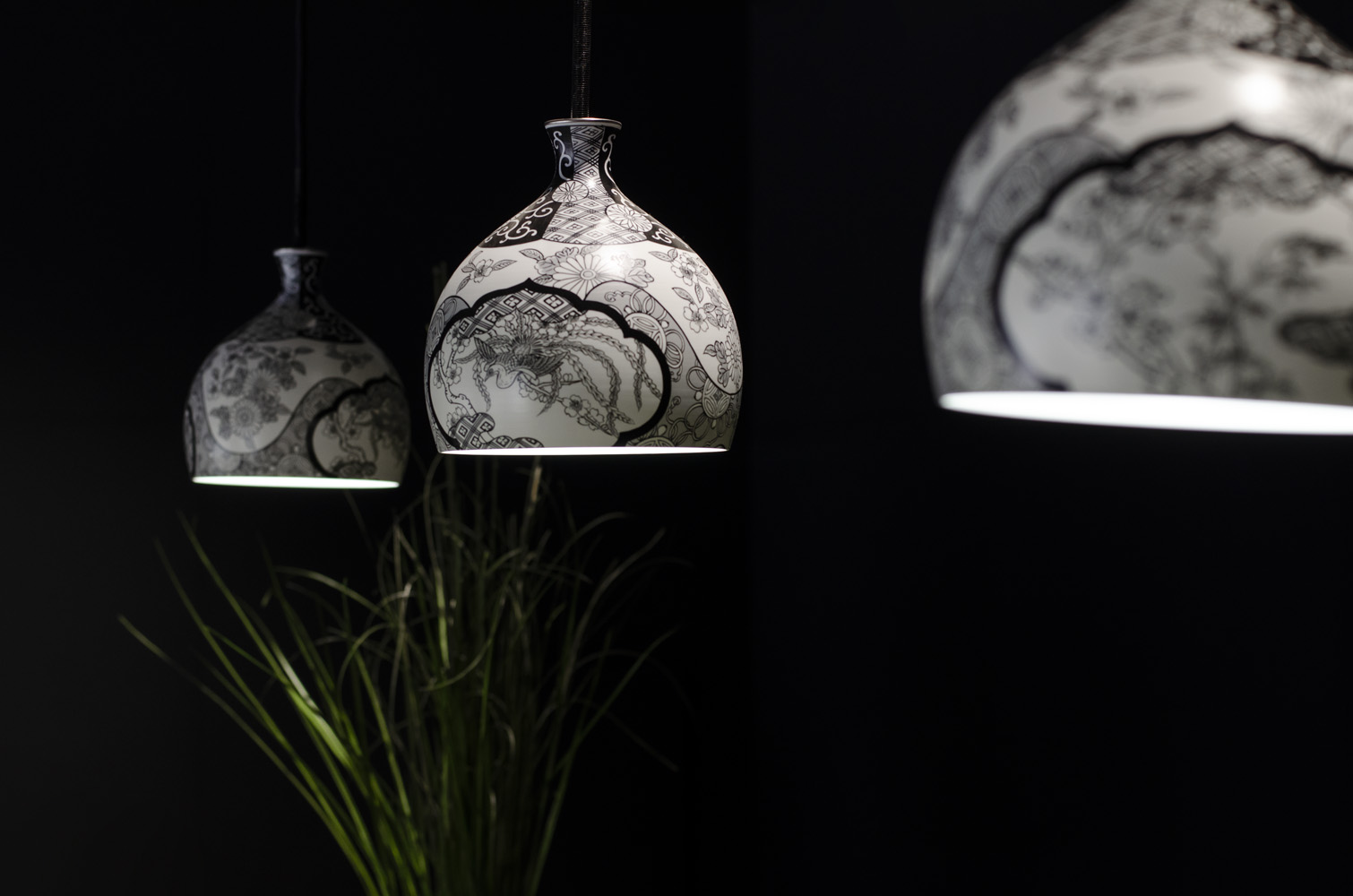
Arita ware
Where to Find the Best Porcelain in Arita
Located about an hour’s drive from the airport, Arita is a cultural hub for both classic and modern porcelain enthusiasts. If you think you’ve grown past stocking your kitchen cabinets with 100 yen shop items or simply want to up your game at your next dinner party, look no further. Walk along the main street, Arita-cho, and you’ll notice ceramics shops and studios on every other block, concealed in beautiful old buildings.
Arita ware’s traditional designs are detailed and colorful, but its modern counterparts are just as impressive with minimalist designs and daring shapes. You can compare the two at café and gallery Arita Porcelain Lab. Its modern interior and modest facade, juxtaposed with the rough wooden structures of neighboring buildings, make it hard to believe it’s been a player in the porcelain production industry for more than 400 years.
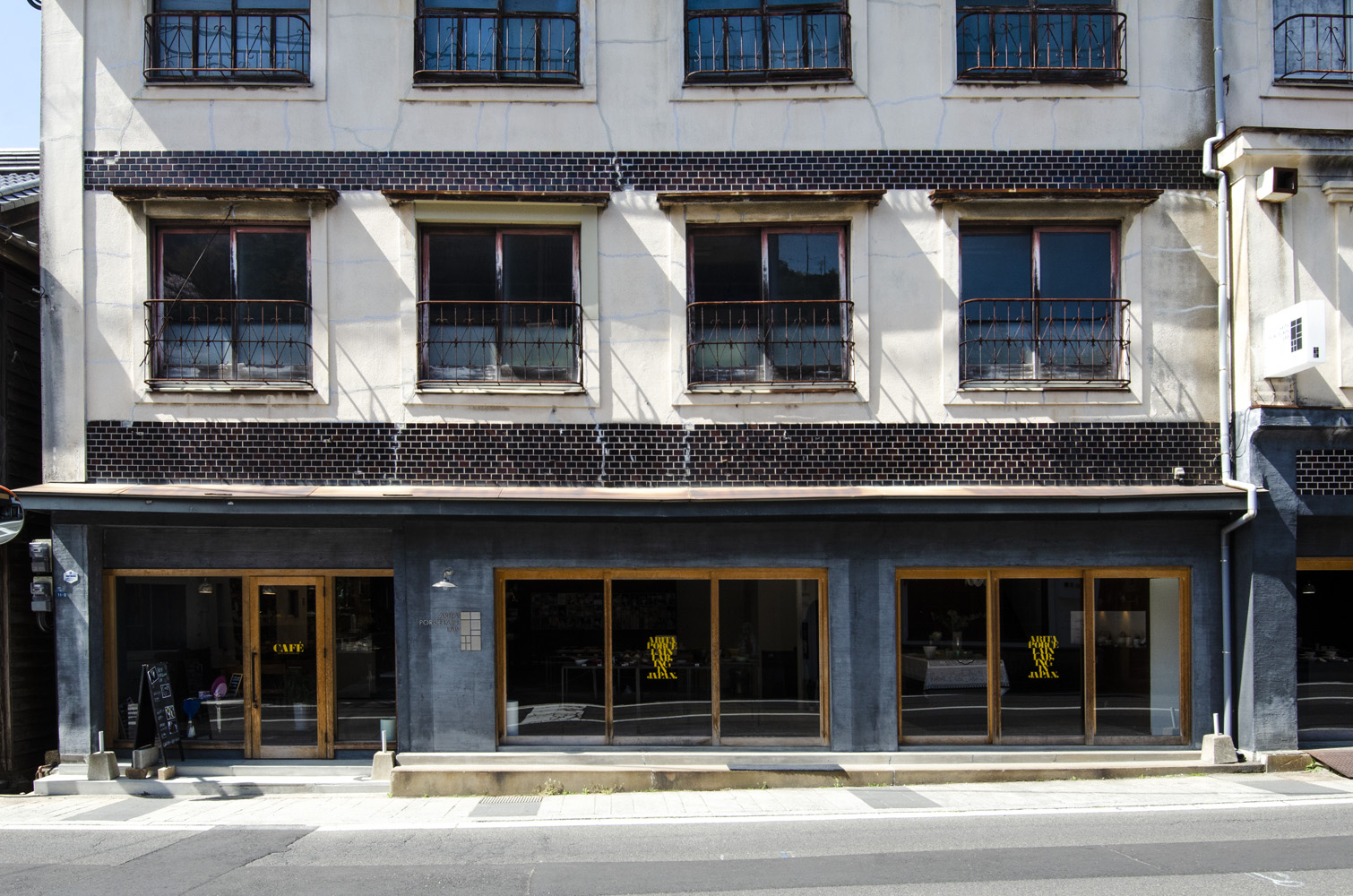
Arita Porcelain Lab
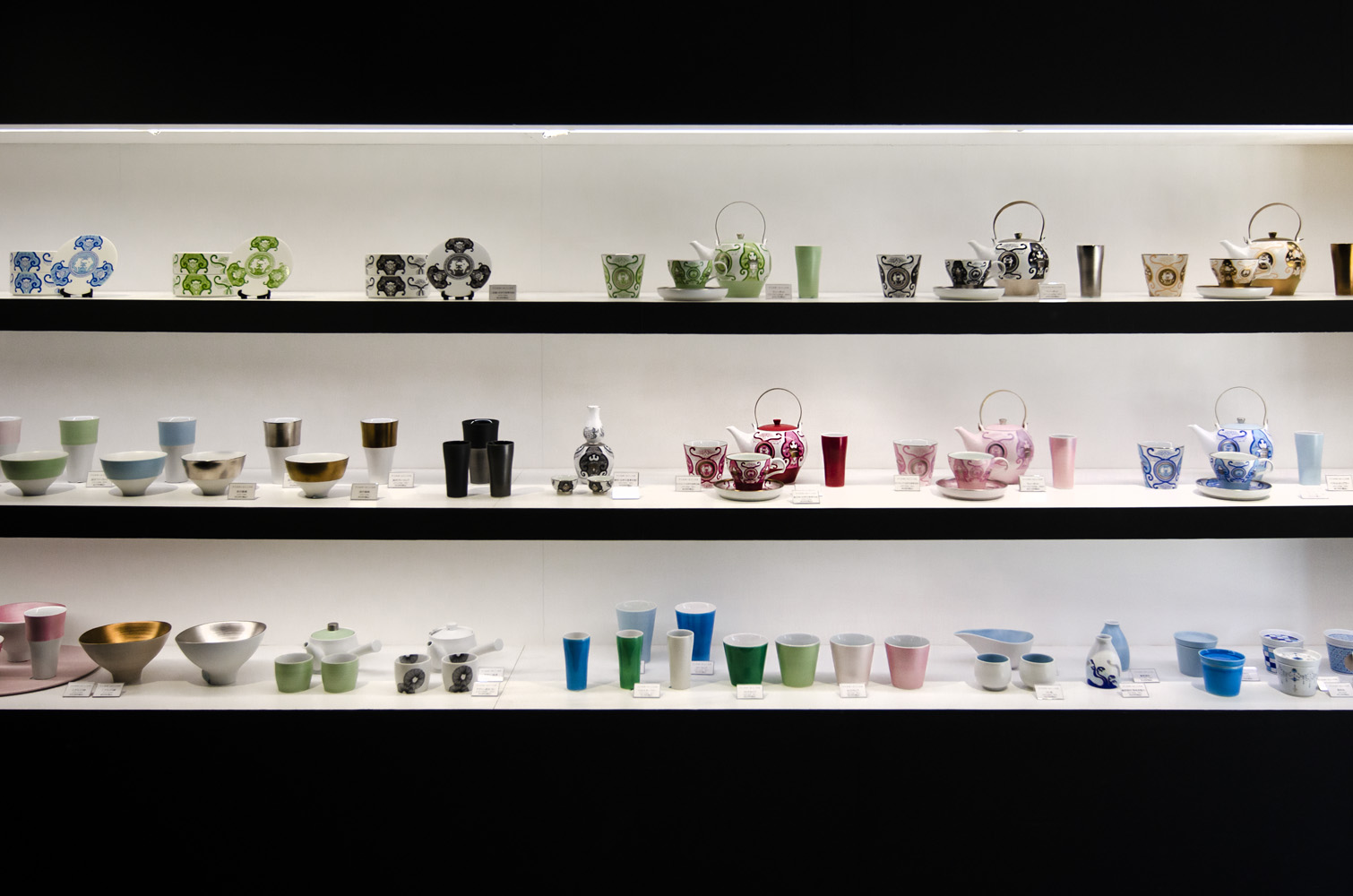
Visitors can treat themselves to a delicious Japanese lunch served on the shop’s unique selection of Arita-made dishes and cups. Created from the minds and with the hands of skilled local artisans, these wares are exclusive to Arita Porcelain Lab and can’t be found anywhere else in Japan (but they do ship to Tokyo!).
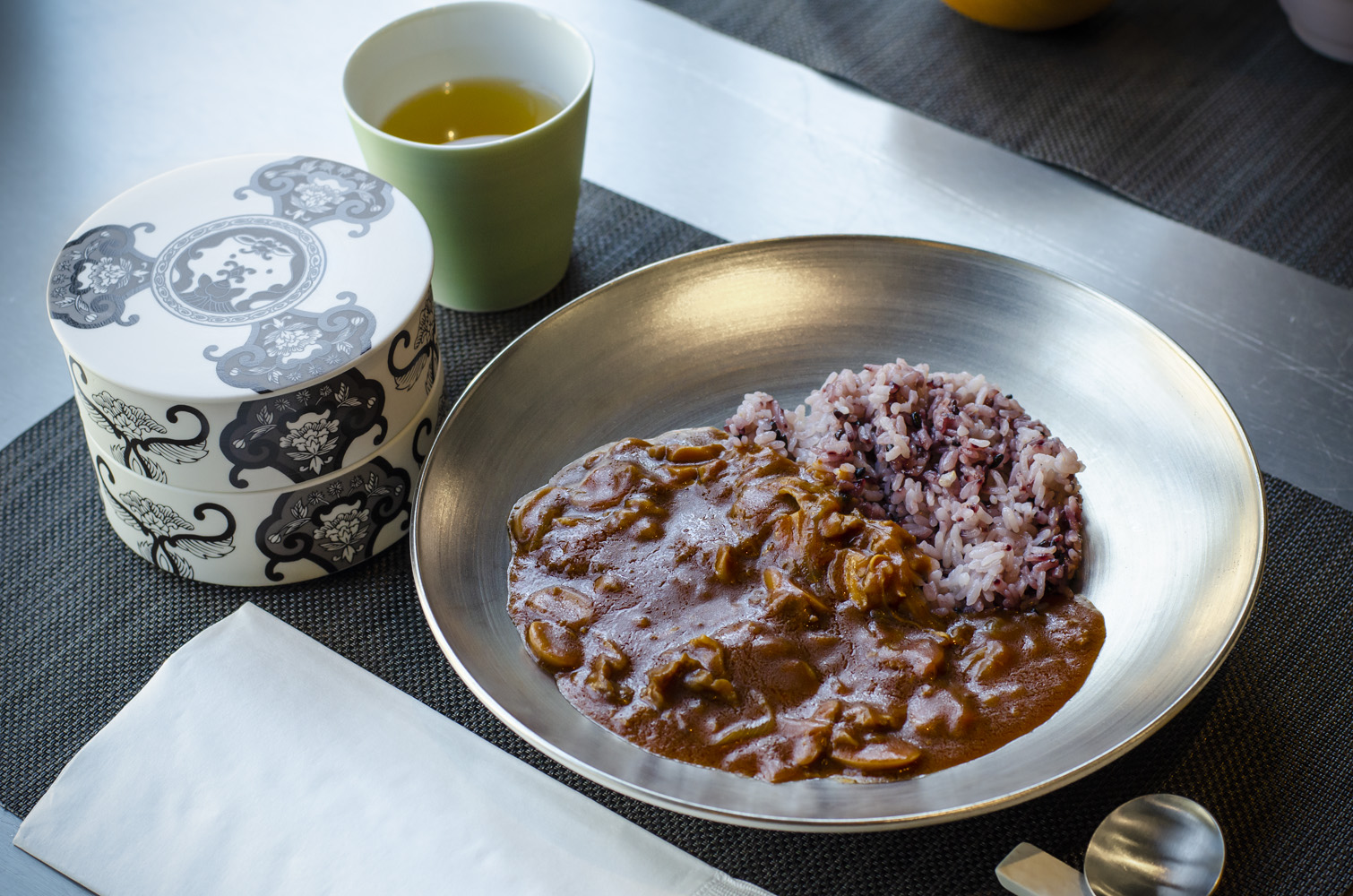
Lunch at Arita Porcelain Lab
Only a short 10-minute ride from the café is Kouraku Kiln, a factory that produces traditional Arita ware as well as the interesting creations of foreign artists participating in their residency program.
If you’re curious about the process of how to turn rocks into beautiful bowls, embark on a factory tour. If you’re feeling crafty, why not create something of your own? Choose among sake cups and vases, and use stencils to create a unique pattern.
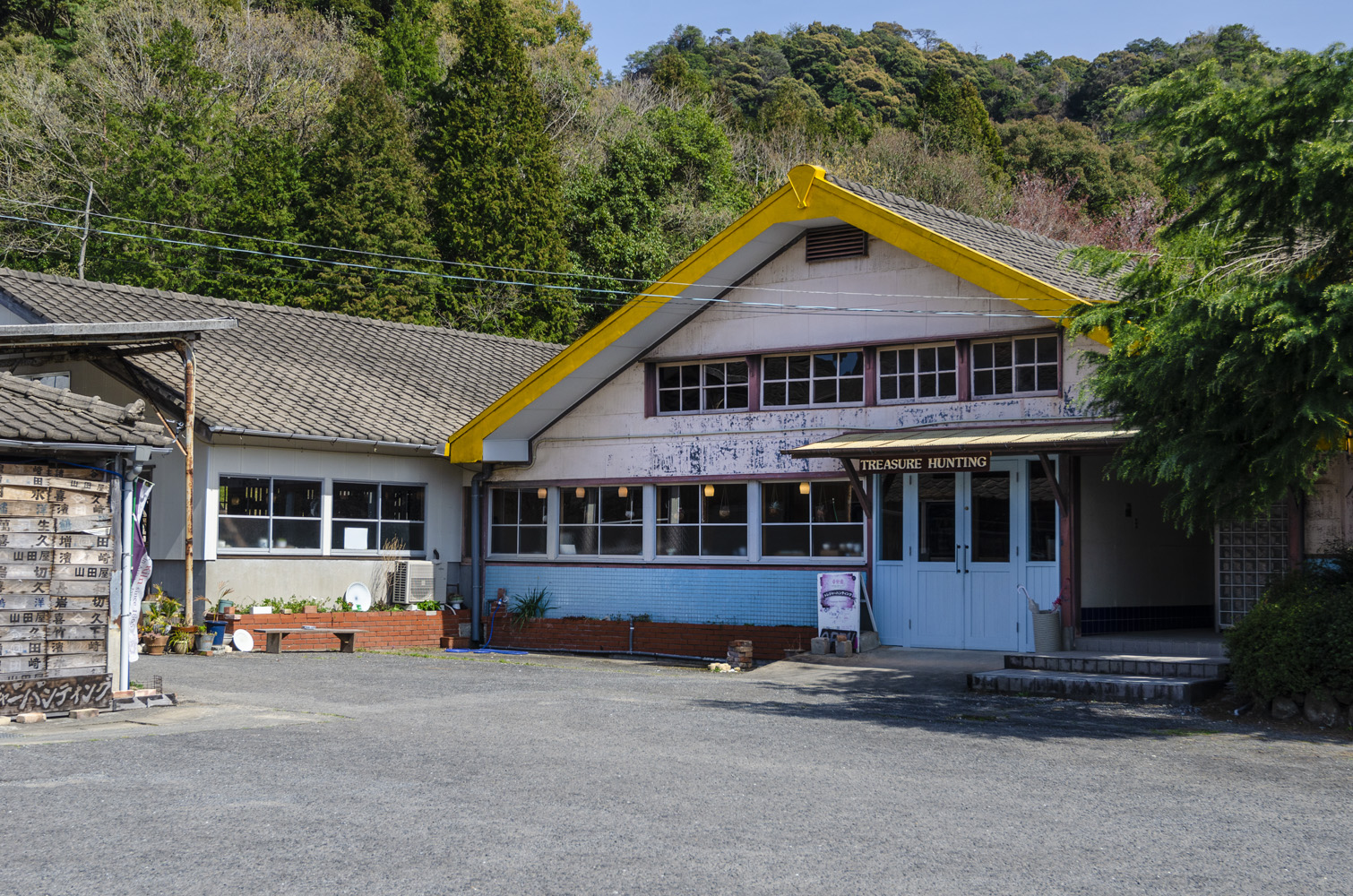
Kouraka Kiln
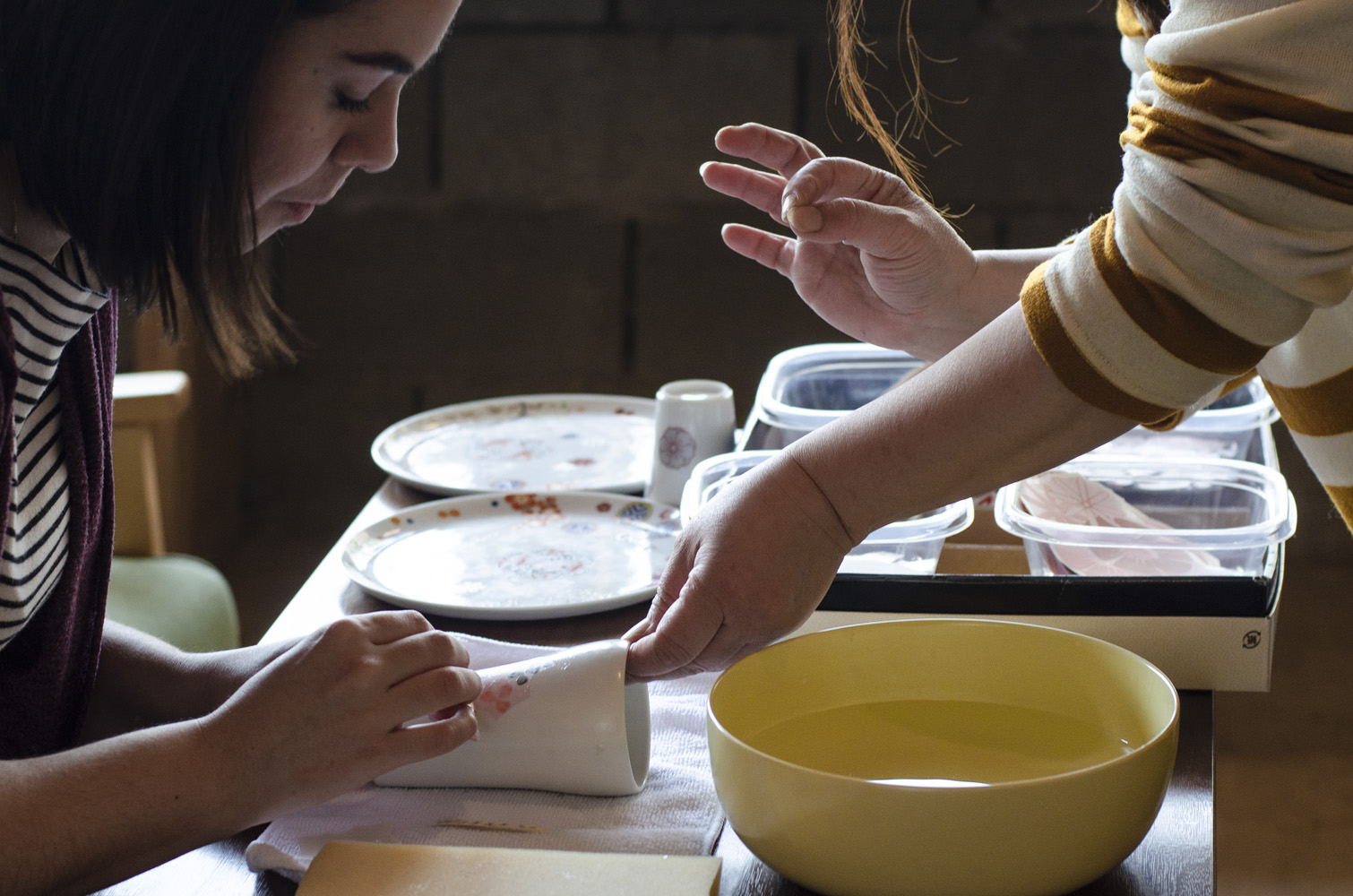
But the most exciting activity and the best bang for your buck is the warehouse treasure hunt. For ¥5,000 to ¥10,000, you’re given 90 minutes and a basket, which you’re free to fill with as much ware as you can.
Whether you share the takings with a friend or decide to keep everything for yourself, we can promise that you’ll have a great time sniffing out hidden treasures hidden in old wooden crates.
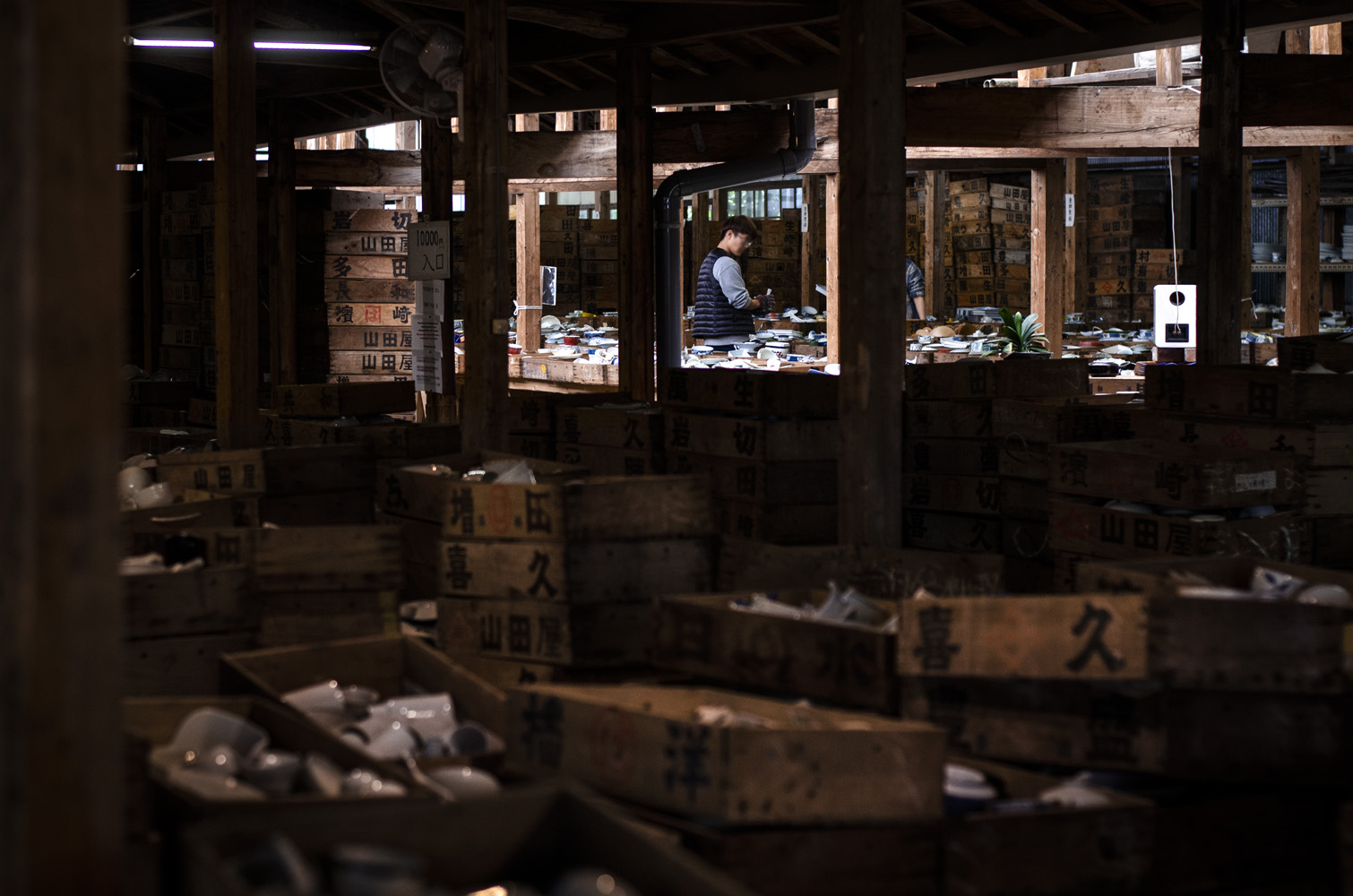
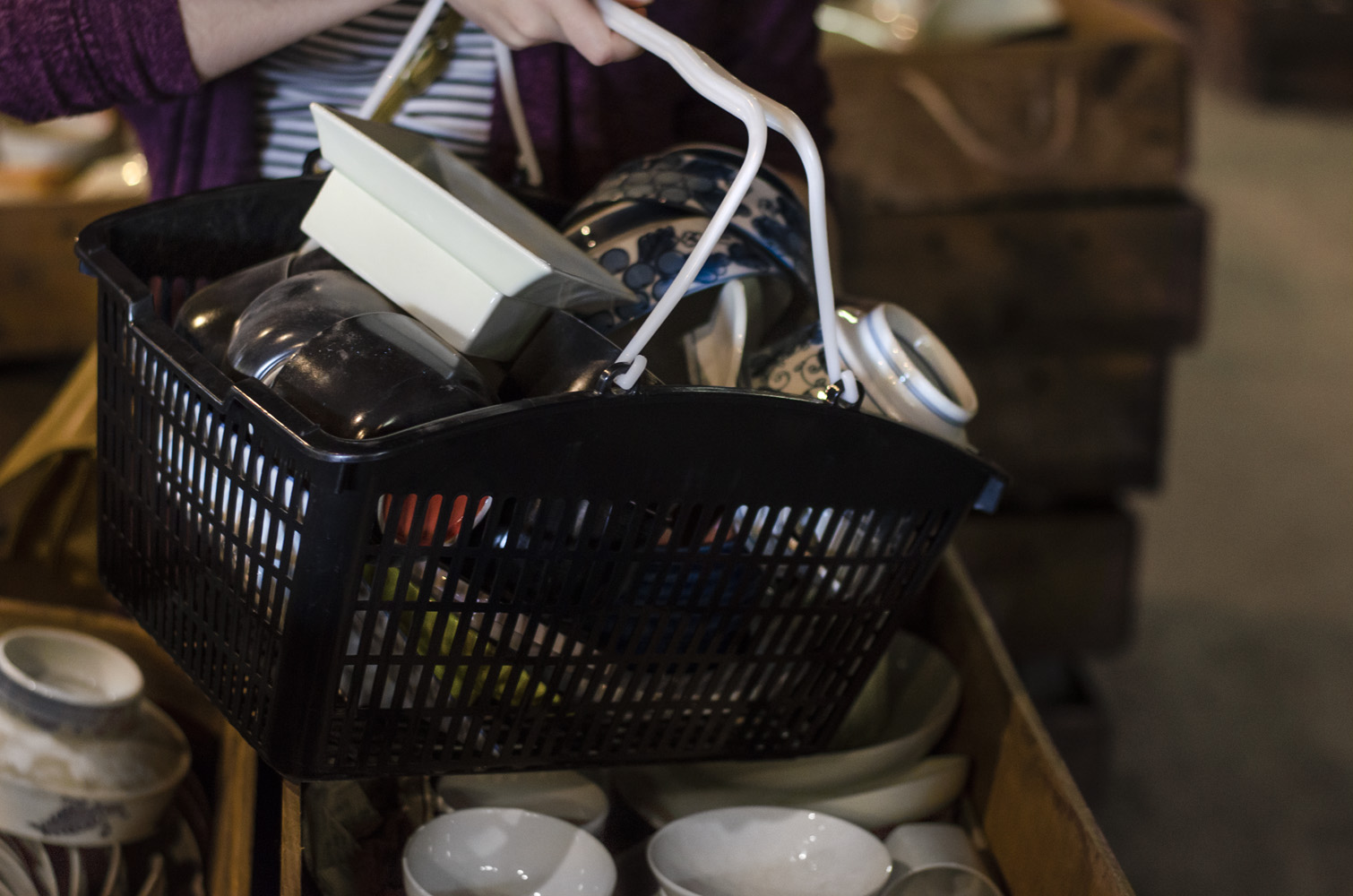
Kouraka Kiln treasure hunt
With its rustic charm and friendly locals – who freely toss a konnichiwa to every passer-by – Arita feels very different to major cities like Tokyo. But visiting Arita Porcelain Park will take you to an entirely different country. Modeled on Germany’s Zwinger Palace in Dresden, this building, along with its breathtaking garden, truly made us forget we were in the northwest of Kyushu.
We were also lucky to be there during cherry blossom season, because the backdrop behind the palace was unbelievable. Venture inside to see exquisite pieces on display, some having been acquired from as far as Argentina.
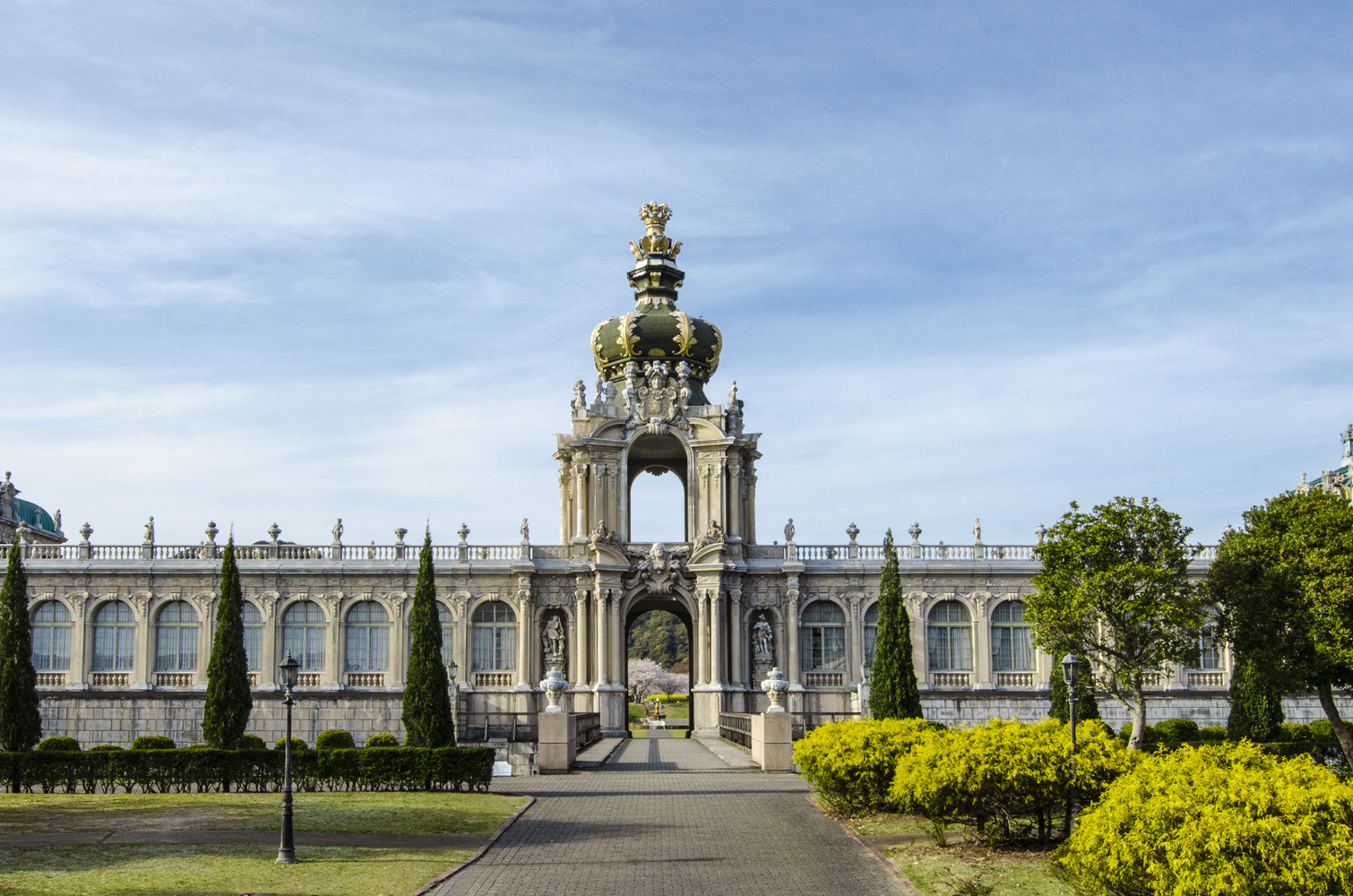
Arita Porcelain Park
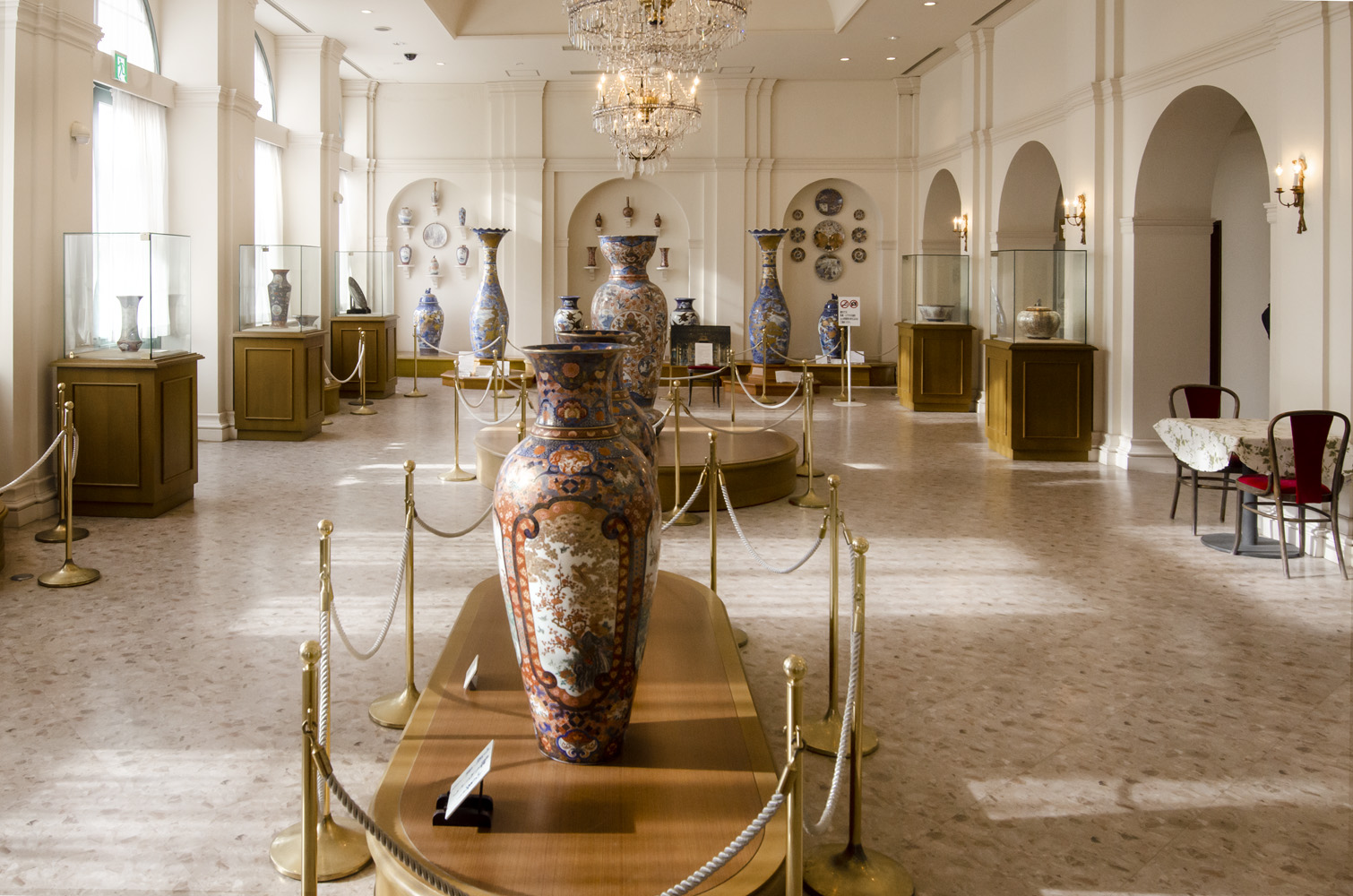
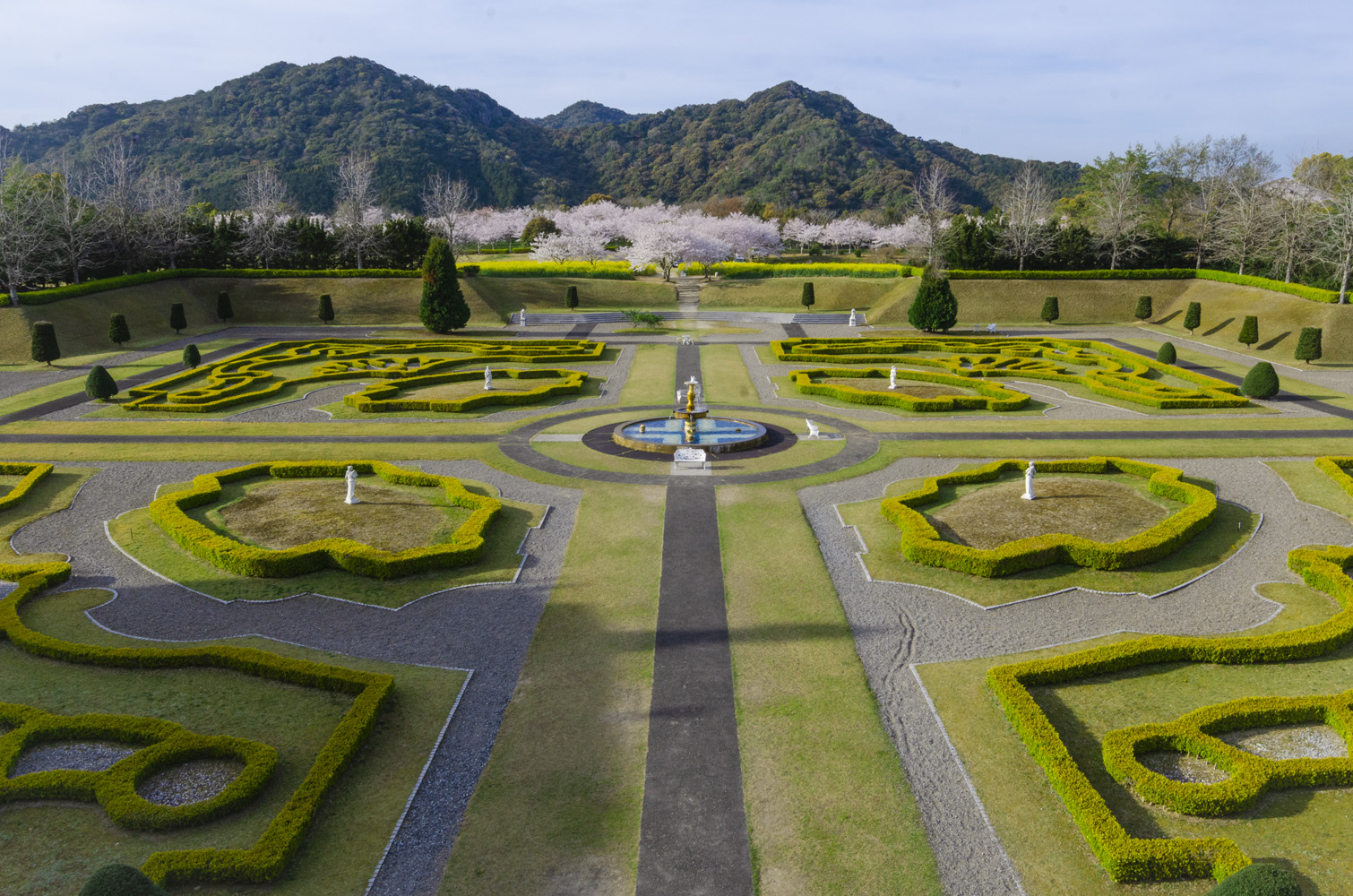
When’s the best time to visit? From April 29 to May 5, 2019, the city will be holding the Arita Ceramics Festival, where visitors can learn about and purchase locally produced porcelain items at bargain prices. With hands-on activities for adults and children alike, it’s a great opportunity to become acquainted with Saga’s second largest export.
Quick Stop: Okawachiyama Village
For a true experience of Japanese mountain life, be sure to add Okawachiyama village onto your itinerary. Part of Imari city, it’s full of small ceramics studios and shops in re-purposed old Japanese homes. And if you’re wondering how it differs from other inaka (countrysides) in the mountains of Japan, the answer is in its details.
Porcelain decorates even the smallest corners of the town, even the river bed. You’ll find helpful maps throughout the village painted on a set of tiles, something we’ve never seen in Tokyo. Compared to Arita porcelain, Imari’s signature modern and traditional patterns are swift and simple, using more muted tones instead of bright pops of colors. Fans of simple designs will definitely feel at home here.
Outside of ceramics, Okawachimaya is beautiful in that it feels poised in time. The houses still have an Edo cachet about them. Our guide told us that during the Edo period shoguns would retreat here because the town is surrounded by steep mountains, so it was considered a safe haven from enemy attacks.
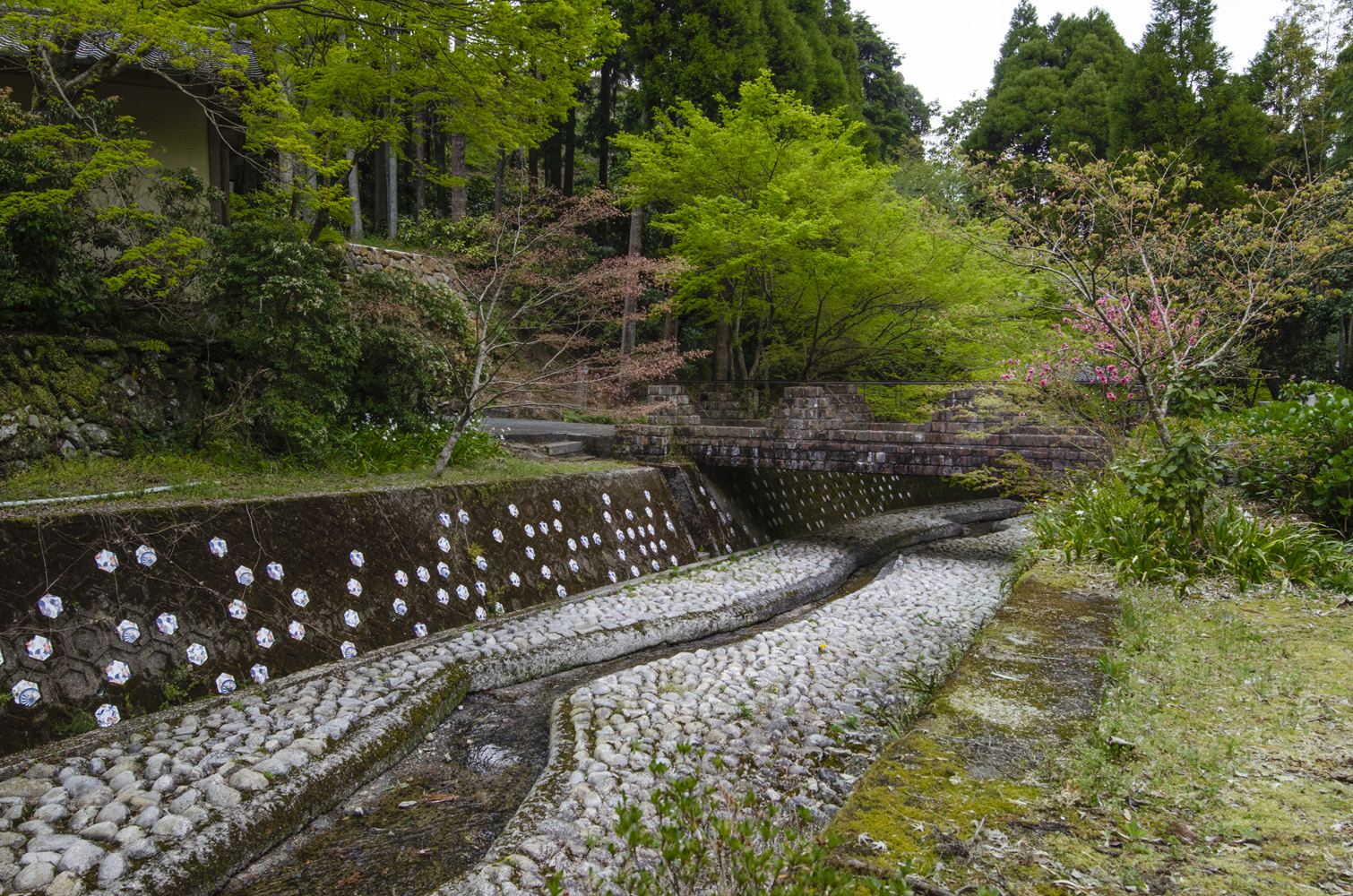
Okawachimaya
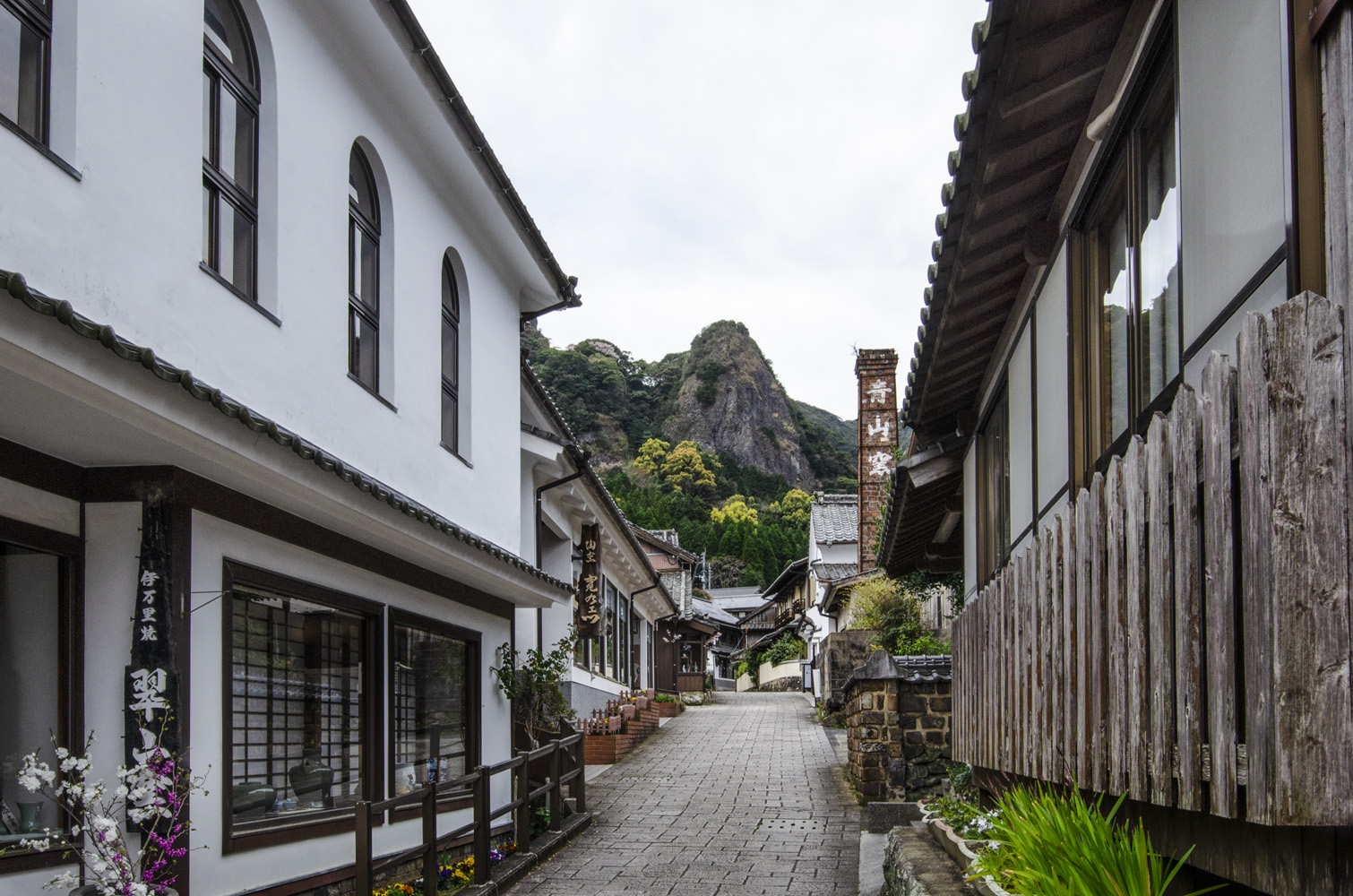
Karatsu: Saga’s Biggest Ceramics Producer
Whether you’re coming from Fukuoka or Saga city, Karatsu is only 60 minutes away by train or bus. The town is home to many cultural festivities that go back years, including the unique Karatsu Kunchi, a float festival in November.
If you’re driving up from Imari, we cannot recommend Popote enough. Described as an inaka bistro, the menu offers filling lunch courses featuring local delicacies and ingredients. Located on the edge of a mountain cliff with a beautiful view of the village and ocean beyond, Popote is a picturesque restaurant serving unique combinations of Japanese and Western food using local produce. It might take a while to eat your way through the pasta set or lunch plate, but save space for dessert – it’s absolutely worth it.
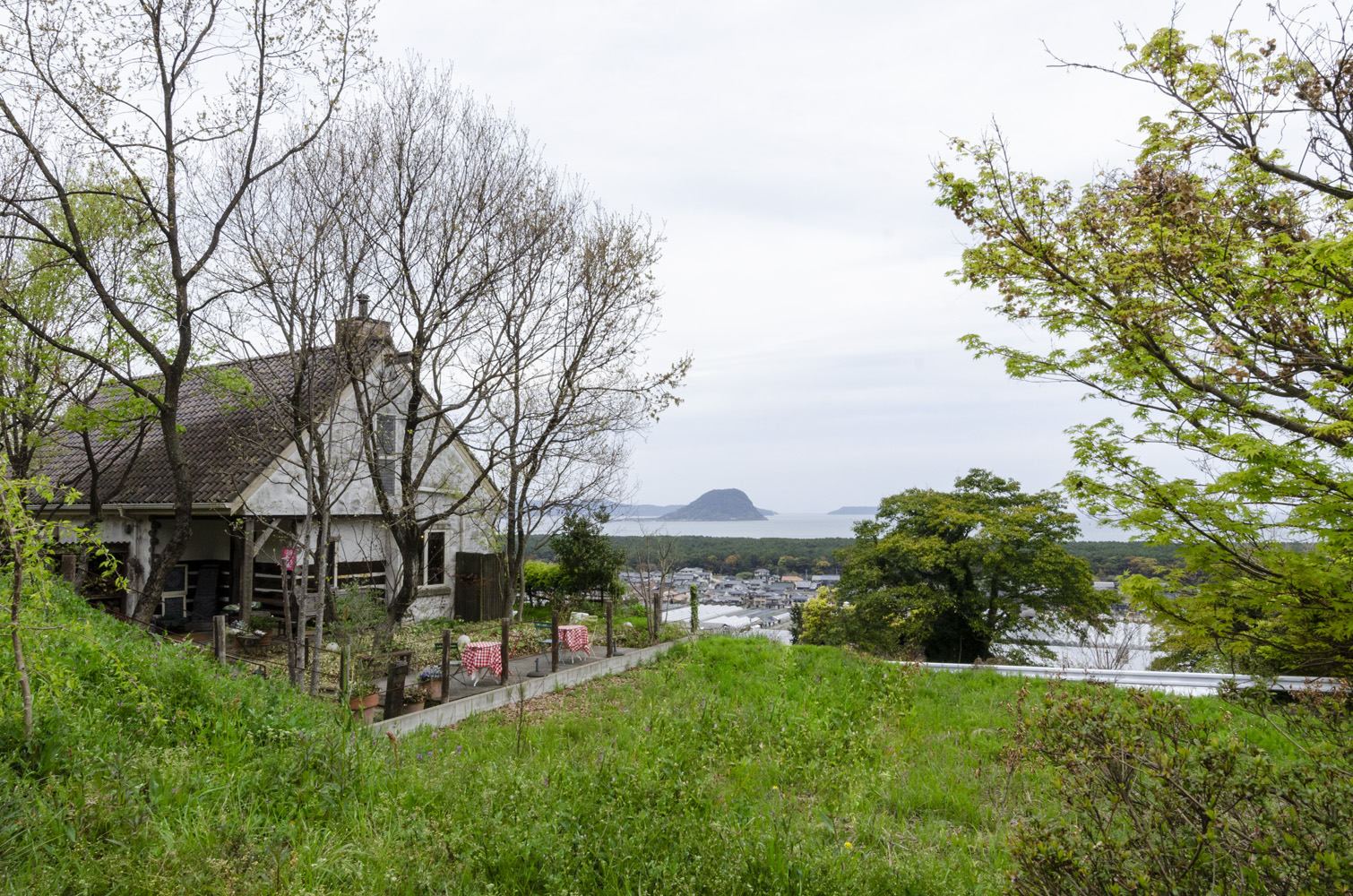
Popote
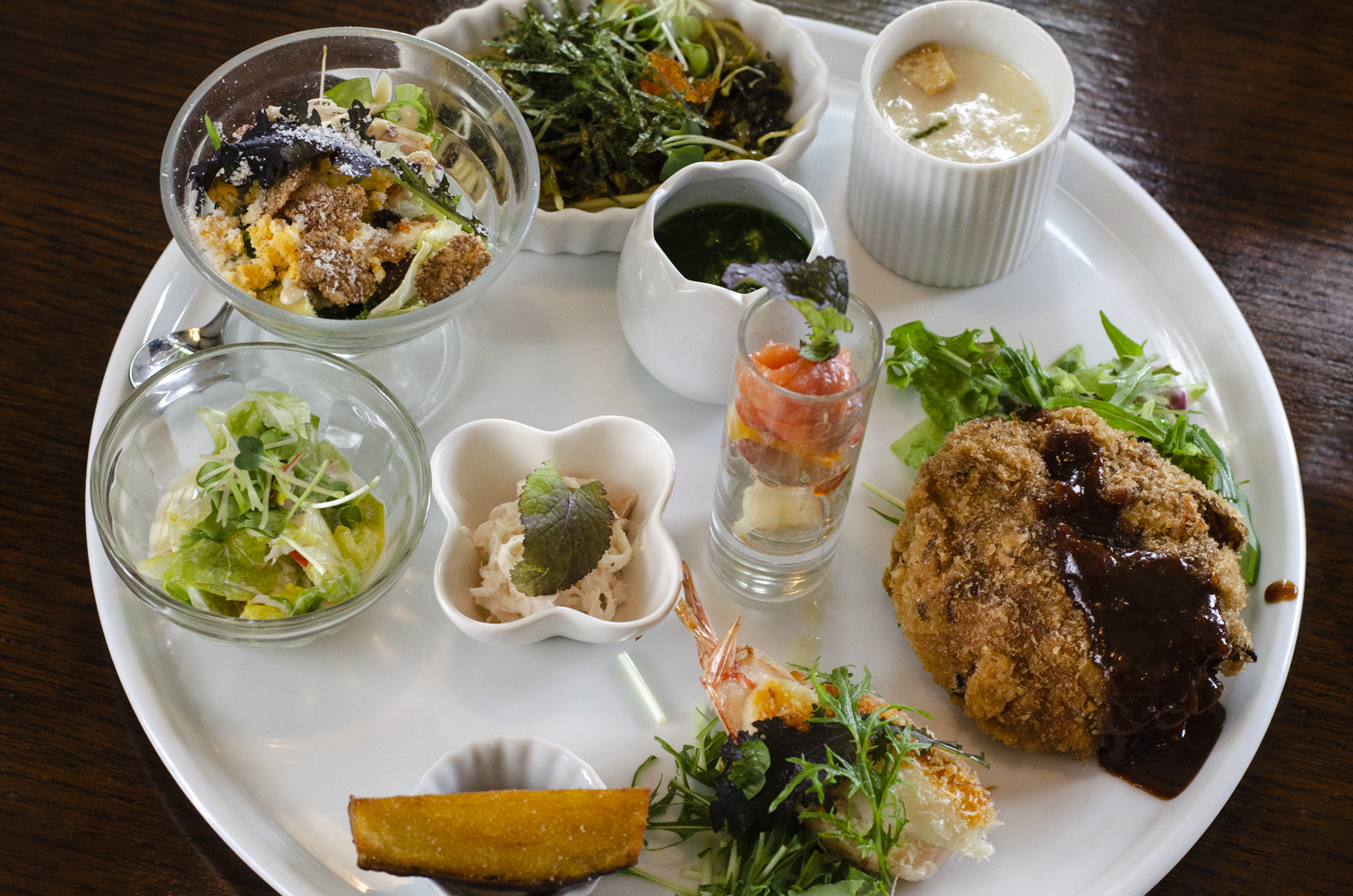
While Saga, particularly Karatsu, has long played an important role in exporting Japanese ceramics to China, Korea and European countries, it has also been a significant coal producer. If you visit the Former Residence of Koreyoshi Takatori, you can witness an astonishing restoration of the former baron’s residence, showcasing the social and economical status at the end of the 20th century.
The house is also a perfect example of how Japanese art is incorporated into traditional architecture, and how the baron mixed Western and Eastern styles. The home has its very own Noh theater, a Western room with a bust of Takatori and a piano, as well as a Japanese garden.
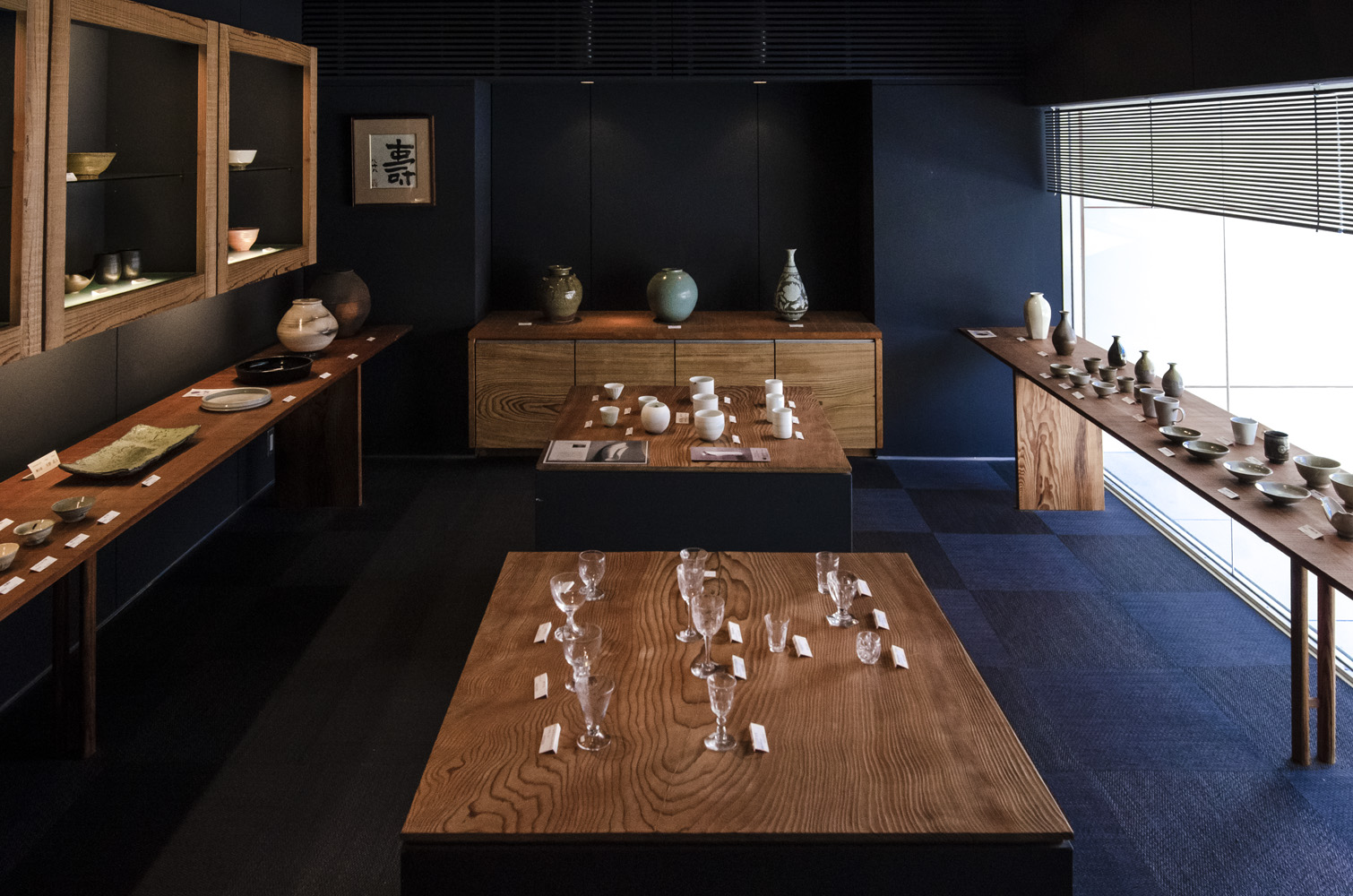
Gallery Ichibankan
For a final stop and one more shopping experience, visit Gallery Ichibankan. Owned and operated by ceramics lover and collector Naoki Sakamoto, this modern gallery shows off all three of Saga’s signature crafts: Arita, Imari and Karatsu wares.
Visitors are free to roam and compare the differences between all three. Karatsu’s is the more abstract of the trifecta. With earthy browns and grays as its main color scheme, it has a grainy texture and interesting curves. It also has a motto that’s the perfect piece of advice to take away with you: the more it’s used, the better it looks.
Photos by David Jaskiewicz
Sponsored Post

